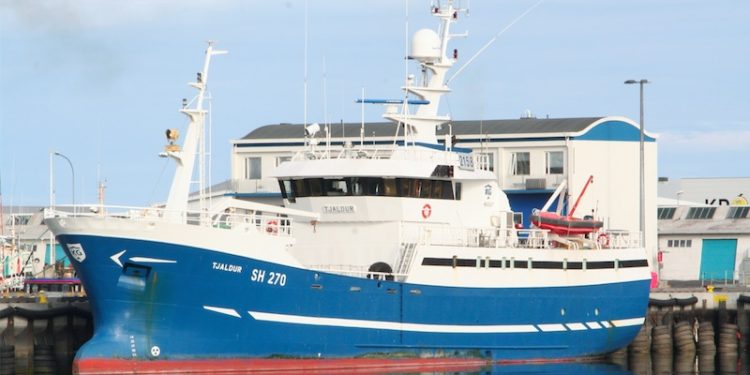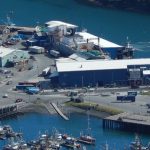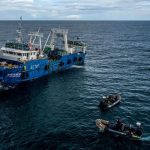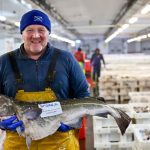Iceland’s Marine Research Institute has published its 2016/17 report on the state of marine stocks, which includes its recommendations to the government for the new 2016/17 quota year that opens on the first of September.
The recommendations are a mixed bag, with some cuts and some increases that have not been well received. The Marine Research Institute’s (MRI) recommendations will be examined by the Ministry of Fisheries before making its decisions on the coming quota year’s TACs, but as in part years, the authorities can be expected to follow the scientific advice almost to the letter.
According to the report, the cod stock is strongest it has been for the last forty years, with fishing effort reduced to the lowest level that there are figures for. The institute has recommended a 244,000 tonne cod quota for next year, and increase of 5000 tonnes, which has already been criticised by some industry figures.
‘The institute is recommending a 2.1% increase in the TAC, increasing it by around 5000 tonnes. This is a huge disappointment and the recommendation is far out of touch with catch rates and what fishermen are reporting,’ commented the National Association of Small Boat Owners.
The Institute has recommended a cut in the quota of haddock of 1800 tonnes to 34,600 tonnes, and an unchanged quota for saithe at 55,000 tonnes, which it recommends that there should be increases in quotas for both golden redfish from 48,500 tonnes to 52,800 tonnes and deep redfish from 10,000 tonnes to 12,922 tonnes. The recommendations are for an increase in the Greenland halibut quota across the East Greenland, Iceland and Faroe Islands region from 22,000 tonnes to 24,000 tonnes.
The major reductions recommended are for the Icelandic domestic herring fishery from 71,000 tonnes to 63,000 tonnes and for ling to be cut from 16,200 tonnes to 9443 tonnes and a cut from 1000 tonnes to 711 tonnes for monkfish.









